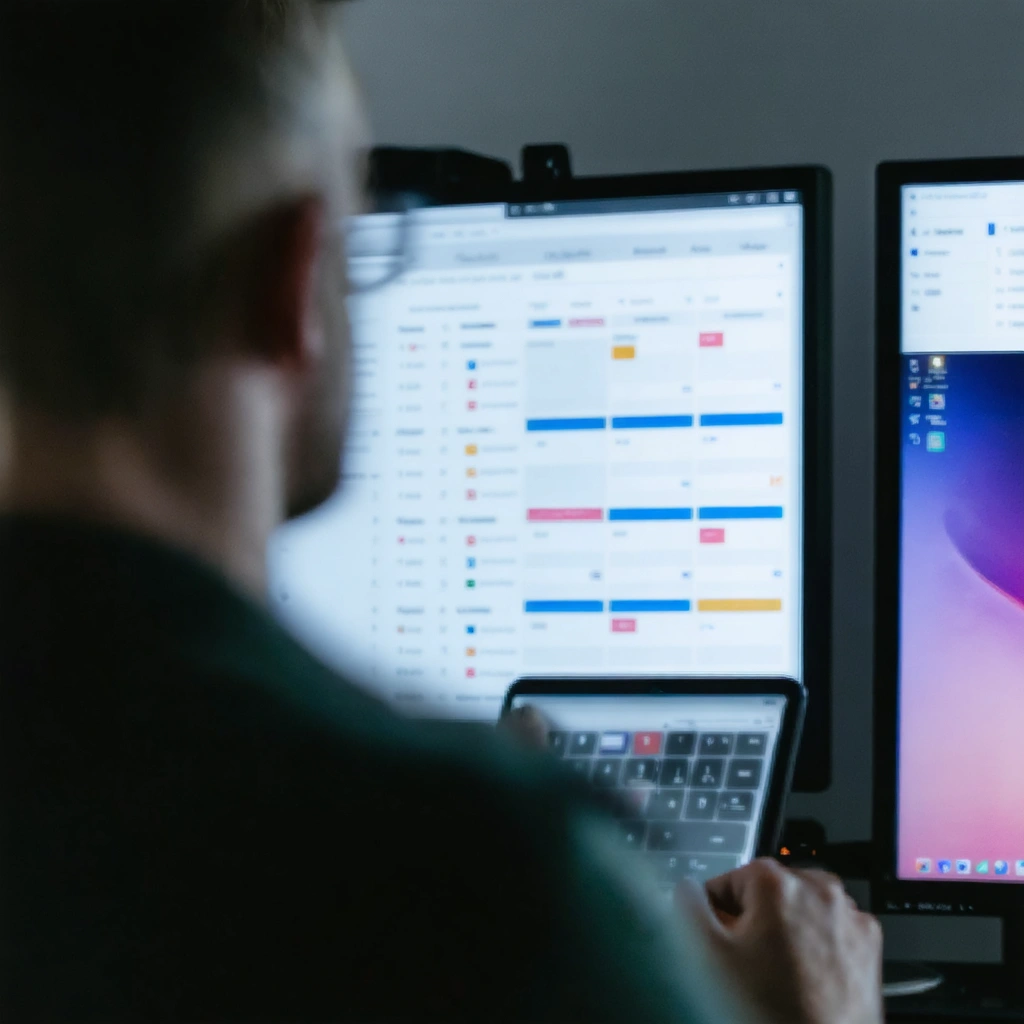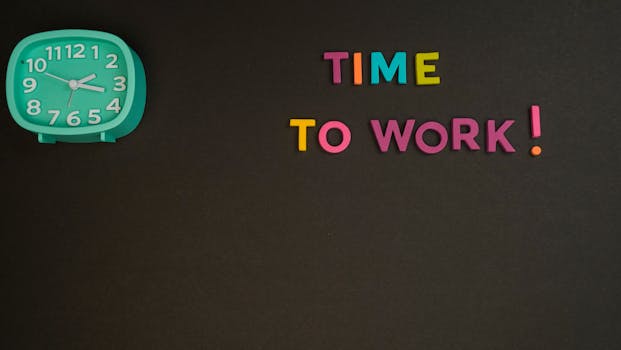
Introduction of Mastering Your Schedule

Time is undoubtedly the most precious resource we possess. In our fast-paced world, mastering your schedule has become essential to budgeting this vital resource effectively. By optimizing your time management skills, you not only improve your productivity but also move closer to achieving both personal and professional goals.
The Importance of Effective Scheduling

Effective scheduling is more than just an act of placing appointments on a calendar. It is about strategically allocating your time to maximize efficiency. When you prioritize tasks, you create a clear roadmap to manage your responsibilities and fulfill your objectives.
Creating a Daily Schedule
Start your day with a clearly defined schedule. Consider the following framework to create a daily rut:
- Identify your goals: Be clear on what you want to achieve: daily objectives, weekly goals, and long-term visions.
- Time blocking: Assign specific time slots for different tasks. Dedicate sizeable chunks of time to focus exclusively on each task without distractions.
- Utilizing digital tools: Take advantage of apps and calendars such as Google Calendar, Trello, or Asana to keep you accountable and organized.
Boosting Productivity Through Time Management

With effective schedules in place, the next step on the ladder to productivity is determined by how well we manage our time for self-fulfillment and achieving targets. Here are a few suggestions that might help boost your productivity:
Setting Priorities
Not all tasks bear the same weight. Employ the Eisenhower Matrix to split tasks into four categories:
- Urgent and Important: Do these tasks right away.
- Important but Not Urgent: Schedule a time to do these tasks.
- Urgent but Not Important: Delegate these tasks if possible.
- Neither Urgent Nor Important: Consider eliminating these tasks.
Focus on One Task at a Time
Multitasking might seem efficient, but studies have shown that focusing intensely on a single task enhances overall productivity. For exceptionally complex activities, strive to use the Pomodoro technique, which capitalizes on short, focused bursts followed by deliberate breaks.
Tools and Techniques for Better Scheduling

Leverage technology and hacks that facilitate effective scheduling:
1. Calendar Applications
Using Google Calendar, Apple Calendar, or Outlook can significantly negotiate your timeline more effectively. These applications integrate reminders, meetings, and deadlines into easy-to-manage formats.
2. Project Management Tools
Visit mediums such as Asana, Monday.com, or Trello. Each supported tool pragmatically delegates tasks while balancing transparency on what others are engaging with.
3. Journals and Planners
Record your commitments through physical planners or bullet journaling—a fun analog system could promote creativity whilst ensuring commitment to task-tracking.
Achieving Your Goals Through Consistency

The linear trajectory from scheduling to productivity is augmented performance in goal completion. Acknowledge that consistency makes fundamental breaks towards achieving goals unquestioningly simple. Following an adjusted visual layout of success incrementally erodes cumbersome expectations:
- Break down larger objectives into granular elements—this helps demystify them into executable actions.
- Account for regular reflections and aspects that flag against your path for improvements to become more evident.
- Use positive diversities included to evaluate scattered factors intimidating for successful navigation thus sharpening memorability commitments towards principle updates
Conclusions & Takeaways

Mastering your schedule benefits every aspect of productivity and prioritization. Stakeholder impact indications analyze effective captures from layout precision conducive subsequently issuing compromises predominately weight reduced anchored during execution therein elevating gets into a proactive setting maximizing adherence stimulated by engagement motives enforced!
Takeaways:
- Utilize time-blocking techniques to dedicate portions of the day to specific tasks.
- Focus on single-tasking rather than multitasking for optimized productivity.
- Leverage technological tools to retain effective accountability of schedules and optimize your workflow.
- Become consistent in reviewing progress to track success perpetually moving towards long-term goals.






